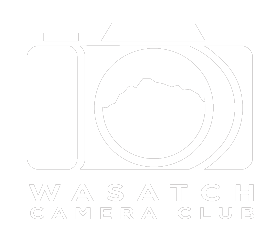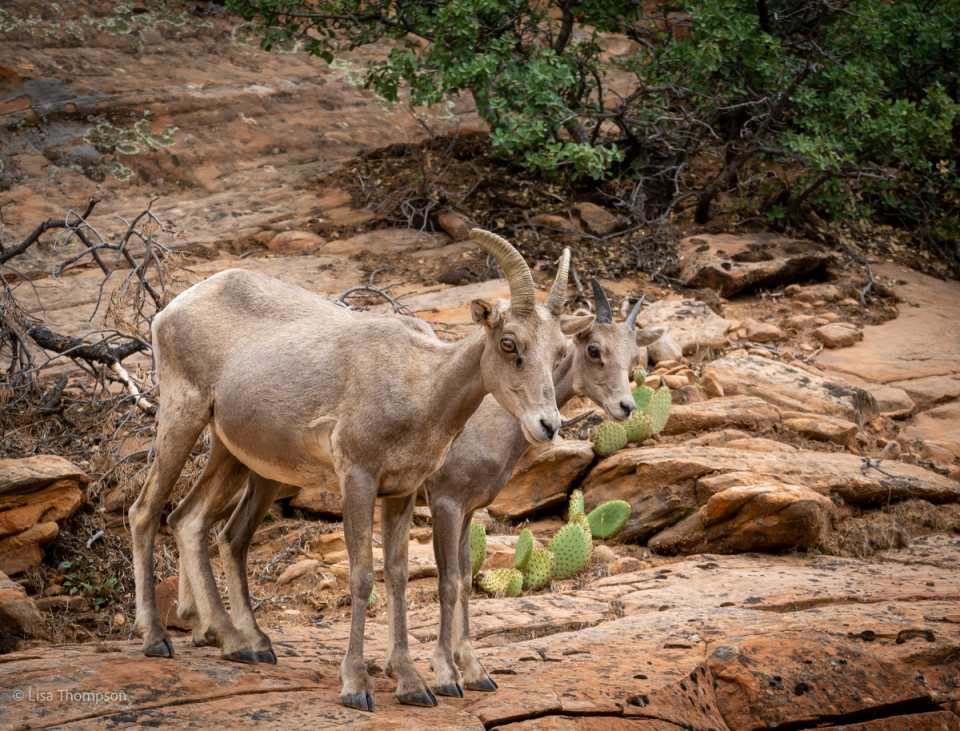“National parks are the best idea we ever had. Absolutely American, absolutely democratic, they reflect us at our best rather than our worst.” -- Wallace Stegner
I have always wanted to be a park ranger; not just any park ranger but a ranger with the National Park Service. In the first years after I was out of college, I was a Park Ranger at Cape Hatteras National Seashore, Great Smoky Mountains National Park and Guilford Courthouse National Military Park. It is not an easy or lucrative living as a Park Ranger. Other life choices came my way and I left the National Park Service. After my children were launched, I realized that I wasn’t done with ranger-ing. There was more to see, more to do and more engagement in America’s best idea. I re-entered the work force as a seasonal Park Ranger and the adventures began. My seasonal Parks this time around have been Arches National Park, Timpanogos Cave National Monument, Olympic National Park and Zion National Park.
I work in the Interpretation Division, which is a fancy name for people that do ranger programs and work the visitor center desk. Zion is the fourth busiest Park of the National Parks in the US. Visitors in 2019 totaled 4.5 million. People come from all over the world to see what we have in our very own backyard. On an average summer day, 5000 cars may enter the Park. Many of the visitors congregate in Zion Canyon. On some days, parts of Zion Canyon are anything but restful and quiet.
It has been a weird year because of the pandemic. Nothing is normal. The Park was closed for awhile. I envision the Park resting and recovering during these periods when no one is there. Consider what it is like when there are no cars, buses, bicycles, no human voices, and no trash. We miss the Park when it is closed. Do you think the Park misses us? Over the summer, and especially this fall, Zion experienced record visitation. People are headed out to escape the confines of the pandemic. This puts a strain on the resource and staff. Consider giving our Parks a rest and putting off your visit for awhile.
It is a privilege to live in a national park. You get to know the park intimately. You build connections with others who are also trying to protect the resources of the Park. Your coworkers share the common goal to preserve and protect, and to learn. Photographic opportunities are always available if you look.
I have learned a few things while working at National Parks. In many ways, visitors are the same everywhere. Many are in a hurry and seem to be there with the goal to check things off a list. It is not unusual to be asked what a person can see in an hour. An hour is better than nothing, but so much is undiscovered in an hour, an afternoon, a day, or a week. The Park will speak to you if you give it some time.
Want the park to yourself? Bad weather chases people away. If you like crowds, wait for the sun to shine and come during the busy season in the middle of the day. In Zion, bad weather brings change in the form of flooding and rockfall and ice. Bad weather adds drama, mystery and change. Safely observing these events can fill you with a sense of wonder and awe. For those that have their cameras with them, they may capture the photo of a lifetime.
Iconic photos of the parks can be found with a quick Google search. These photos are iconic for a reason. They are stunning and represent the beauty that a particular place has to offer. Often those places are close to the road. When you visit any Park or natural area, slow down and find your iconic shot. I always take the iconic shot, but then I am on the lookout for my own interpretation of the beauty I witness. Try to immerse yourself in the park. GO for ahuike. Take the back way. Being outdoors can be a healing and relaxing experience. If the photo opportunities are a bust, at least you are in a national park.
It can be very disheartening when I observe visitors that are disrespectful of the park and other visitors. I see people yelling, littering, building cairns, blasting music, picking flowers, collecting rocks, and feeding wildlife. Some don’t know any better and some don’t care. It occasionally feels like a sense of entitlement to do what they want because it is “their” park. Ultimately, my job is to show and teach so that the visitor learns and then appreciates the beauty, interconnectedness and wonder of the natural life.
- How to visit a National Park (and capture great images)
- Watch where you put your feet and park you car. Don’t crush vegetation or disturb the soil.
- Use an inside voice.
- Do some research so you have a place to start. Consider the chosen starting point as a jumping off place for more exploring.
- Be prepared for acts of Mother Nature. Carry water, snacks, first aid kits and extra clothing just in case. Don’t take unnecessary risks. Be prepared for bad weather and accidents. In some parks, help can be hours away and cell service non existent.
- Protect your camera gear from moisture and shock. Travel light when possible, when it comes to photo gear.
- Take your time and be present. Be open to experiences. Be willing to be uncomfortable.
- Pay attention to touch, sight, smells and sounds. Look at things up close and way off in the distance. When you look at your pictures, you will feel these things again.
- Listen to the Ranger!
Photographic opportunities and wonder await at your National Parks and public lands. Don’t take the parks for granted and do your part to protect them! Go forth and see what makes the natural world unique. Truly, our parks are America’s best idea.
-- Lisa Thompson, Workshops and Education Director


